When the InterContinental Bangkok first opened 20 years ago, it was the embodiment of five-star hotel luxury. Its prized location in the Ratchaprasong district, close to malls and offices, as well as the Chit Lom BTS station, made it favorable for both business and leisure tourists. Today, the hotel still retains many of these aspects, but has been given a multimillion-dollar renovation and redesign by Thailand-based P49 Deesign & Associates.
“The firm was the perfect fit for the reimagined InterContinental Bangkok due to its deep understanding of Thai culture and design, as well as being familiar with the InterContinental brand,” says Stephen Gould, the general manager of InterContinental Bangkok, which reopened in June 2023 after a year-long closure. P49 Deesign & Associates was responsible for the property’s previous major renovation more than 12 years ago and knew its existing framework inside out.
The main layout of the hotel was kept, with minor reconfigurations made. “However, in terms of the interior design, it would be fair to say that almost every surface was changed and adjusted to create a fresh new look that is contemporary and elegant at the same time. It was essential to develop the hotel renovation in a way that took the InterContinental Bangkok to a newer, more [modern] design direction that could compete with the many new hotels and brands coming to Bangkok,” shares Carl Almeida, the firm’s managing partner.
(Related: These hotels are responsible for an Orchard Road revival)
Thai culture headlines the redesign, but in subtle ways. “It was of paramount importance for us to weave elements of Thailand’s storied culture and heritage into the renovation. This not only pays homage to our roots, but also mirrors our unwavering commitment to delivering exceptional hospitality,” says Gould. It is first encountered at the main lobby, with a custom chandelier inspired by the Phuang Malai garland, mirrored on the floor with a bespoke carpet.
The design team focused on creating an impactful arrival experience that matches the grandeur of the lofty space. “The public spaces in the hotel is of such a grand scale that no new hotels can achieve this type of volume and scale anymore with new commercial realities. As a result, one of our key strategies, especially for the main lobby, was to emphasise the scale of the space and reinforce the monumentality of the hotel, which we achieved through a new, calmer design approach [using simple and vertical elements], but still within a luxurious material palette,” explains Almeida.
Thai heritage is also encountered in Kranok patterns, which are commonly found in Tripitaka cabinetry and the door of Thai temples, as well as artworks like the tapestry on the Club InterContinental Lounge on the 37th storey, which abstracts the peaks of Thai temple roofs. Decorative bowls made from the local craft of beaten metal are found in the 381 guestrooms, clubrooms, and suites, all of which were reworked to feel more spacious.
(Related: Thoughtful travel in Thailand)
Regarding the culinary offerings, two cherished establishments, Bangkok’s first California-inspired dining experience SoCal joins Fireplace Grill and Bar, and Cantonese restaurant Summer Palace. SoCal’s cuisine is represented by upholstery in tangerine and lemon tones, and punches of teal. Cane and light timber surfaces lend a breezy touch, while accents of white and green marble maintain its position in a luxury hotel.
Adjustments to the hotel include repositioning the reception, which was formerly next to the main door. In its place, the design team created a seating area where guests can observe the passing street scenes through the tall glass windows while waiting for friends. This is one of the many changes that reflect the design team’s rigour and attentiveness, as well as their expertise in the hospitality sector. Even details like sufficient USB ports in guestrooms are not overlooked.
(Related: Not your usual Thai vacation)
Remarks Almeida, “While it is the overall look that gets the attention of guests, it is the small details that they notice; if these are not well-designed, there can be an adverse impact on their guest experience. Our job is to ensure that we understand guests’ needs well enough to detail our hotels in a way that addresses guests’ needs and requirements.”







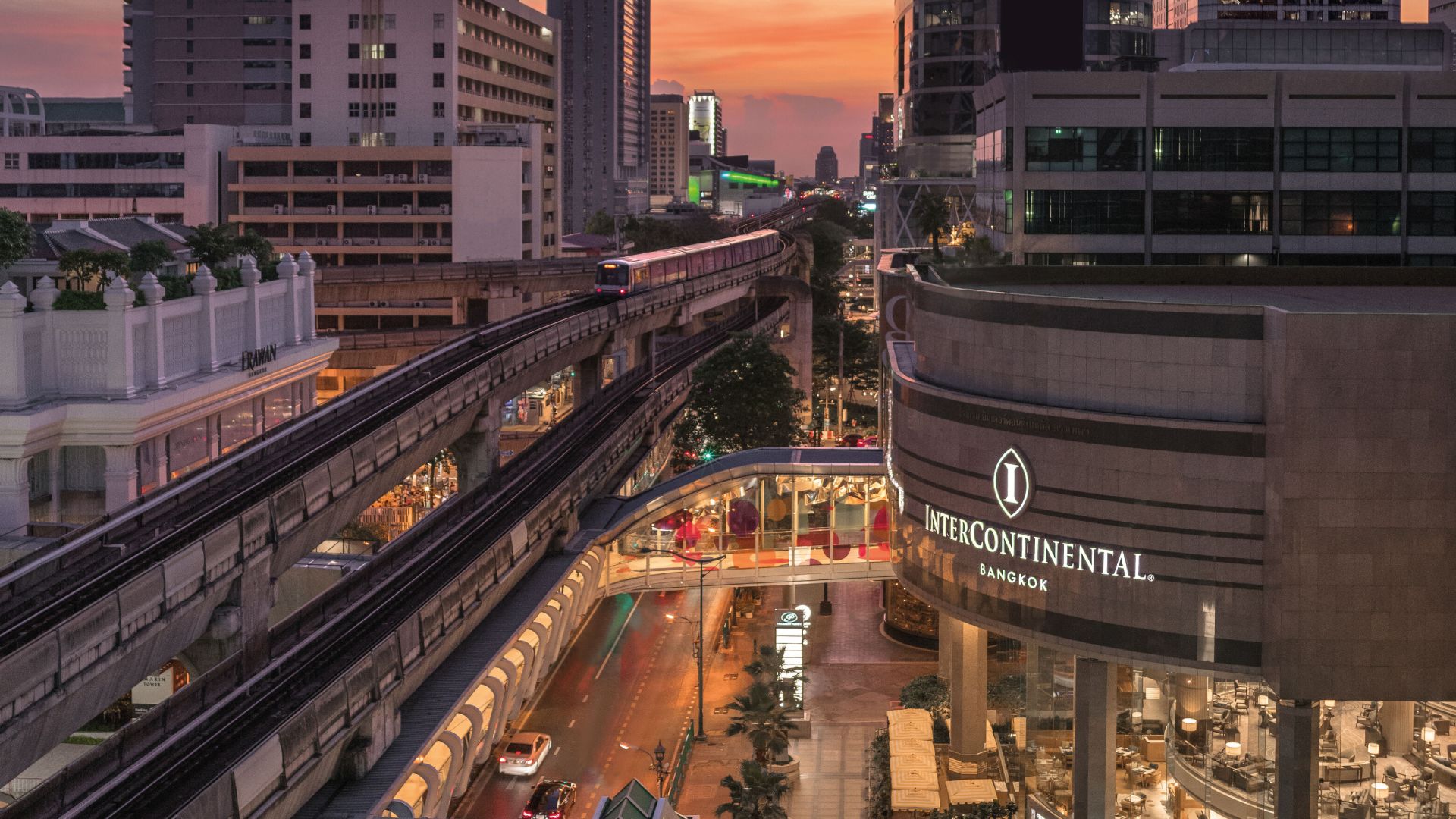
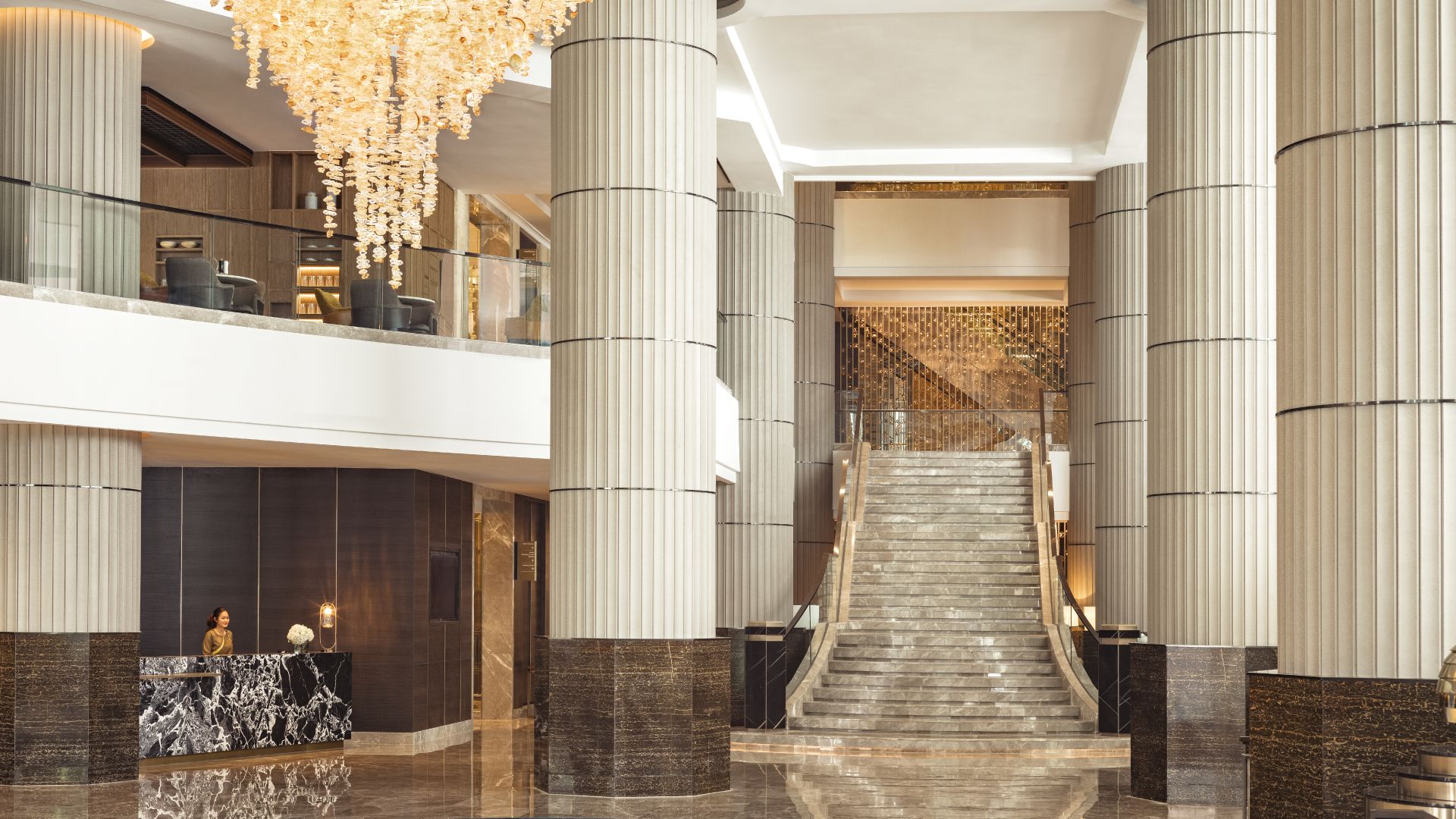
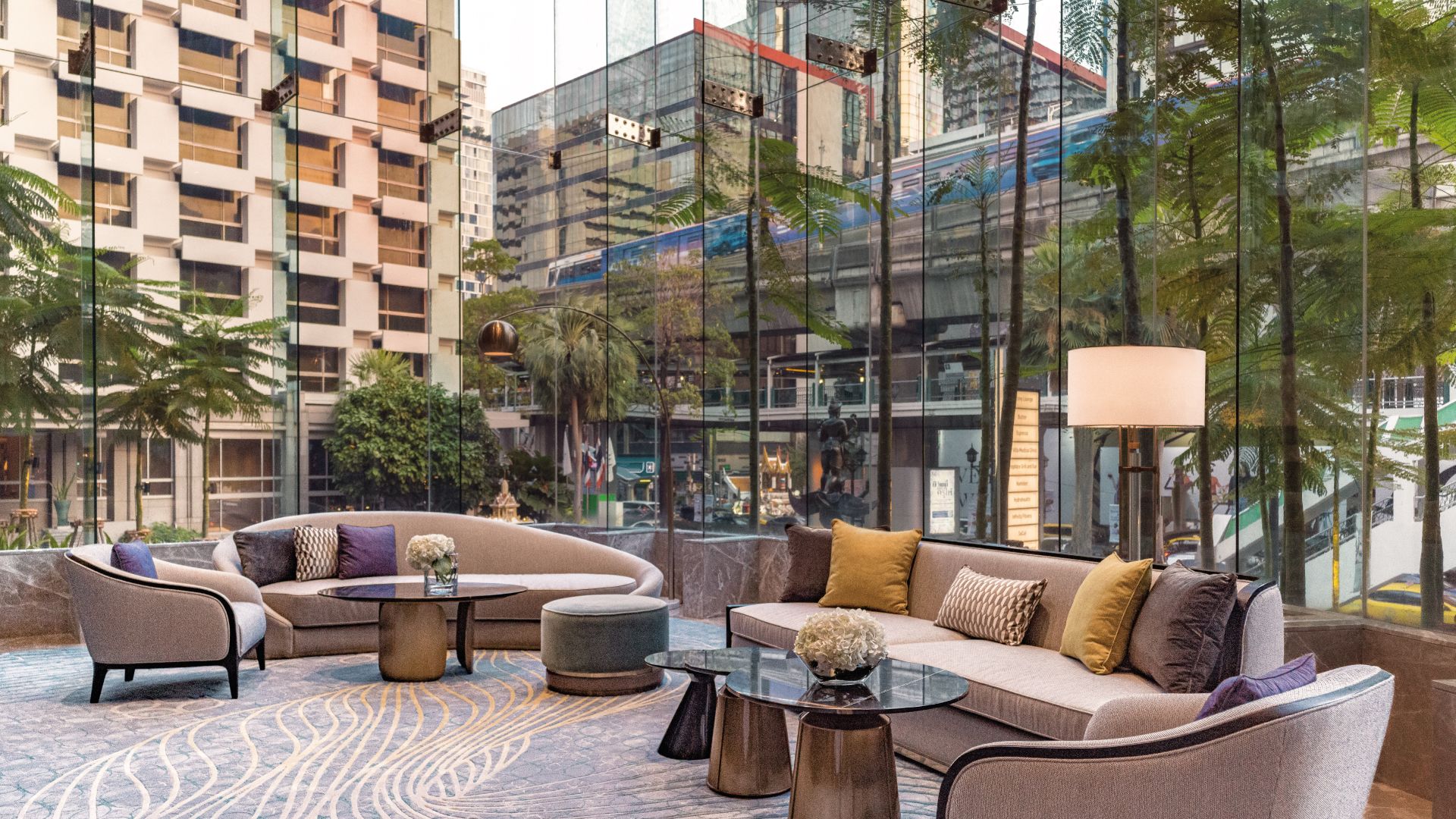
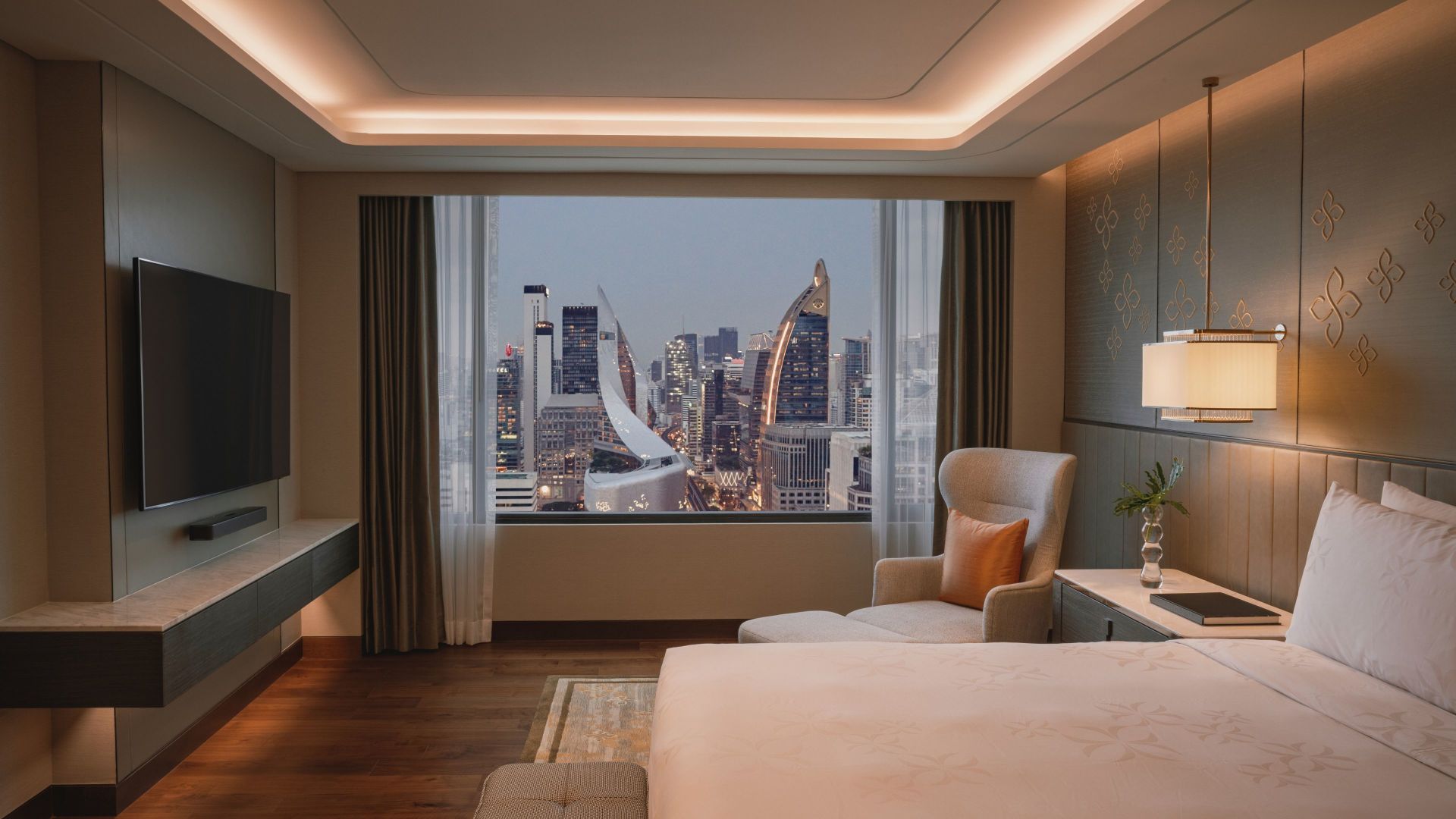
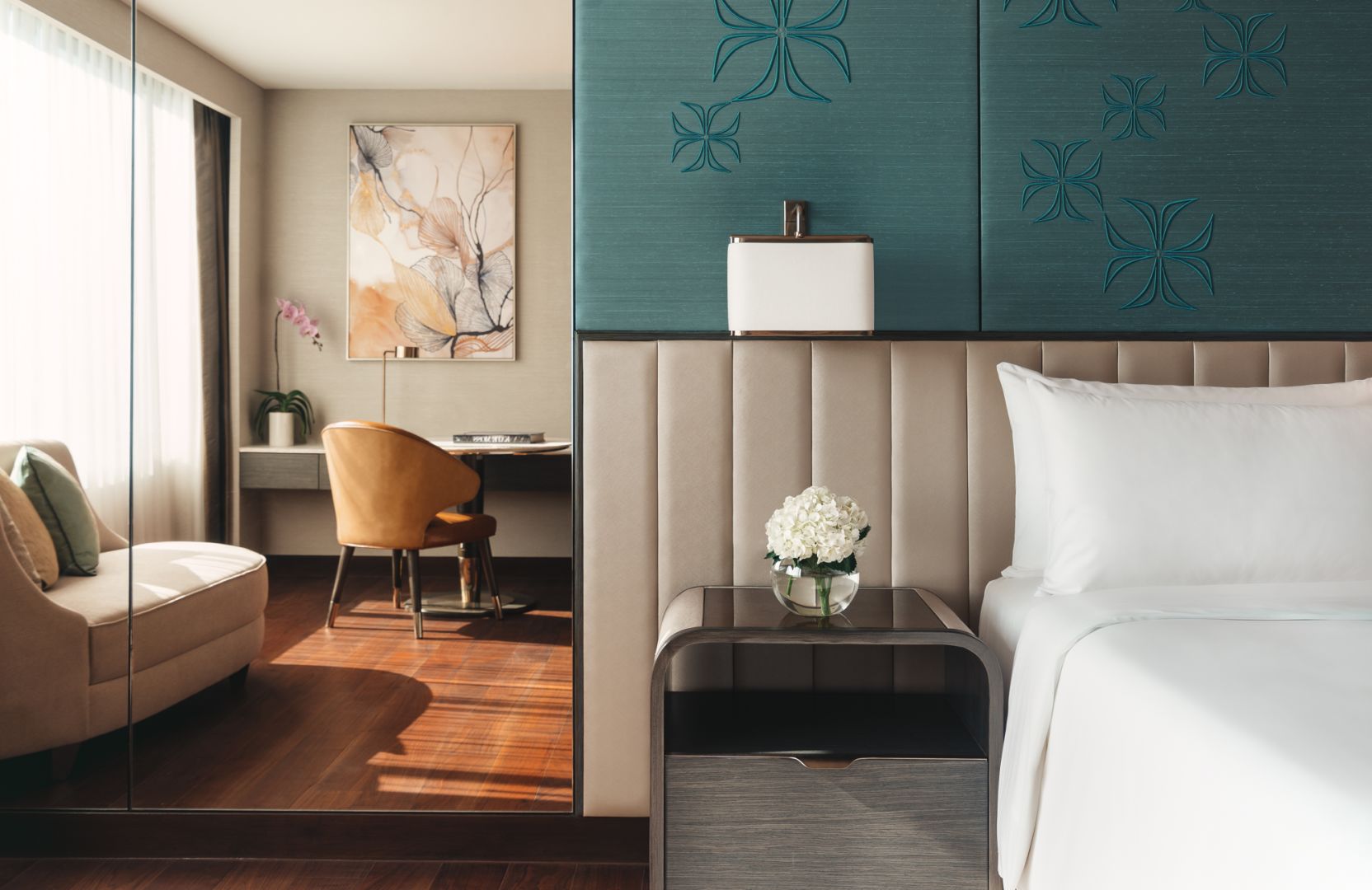

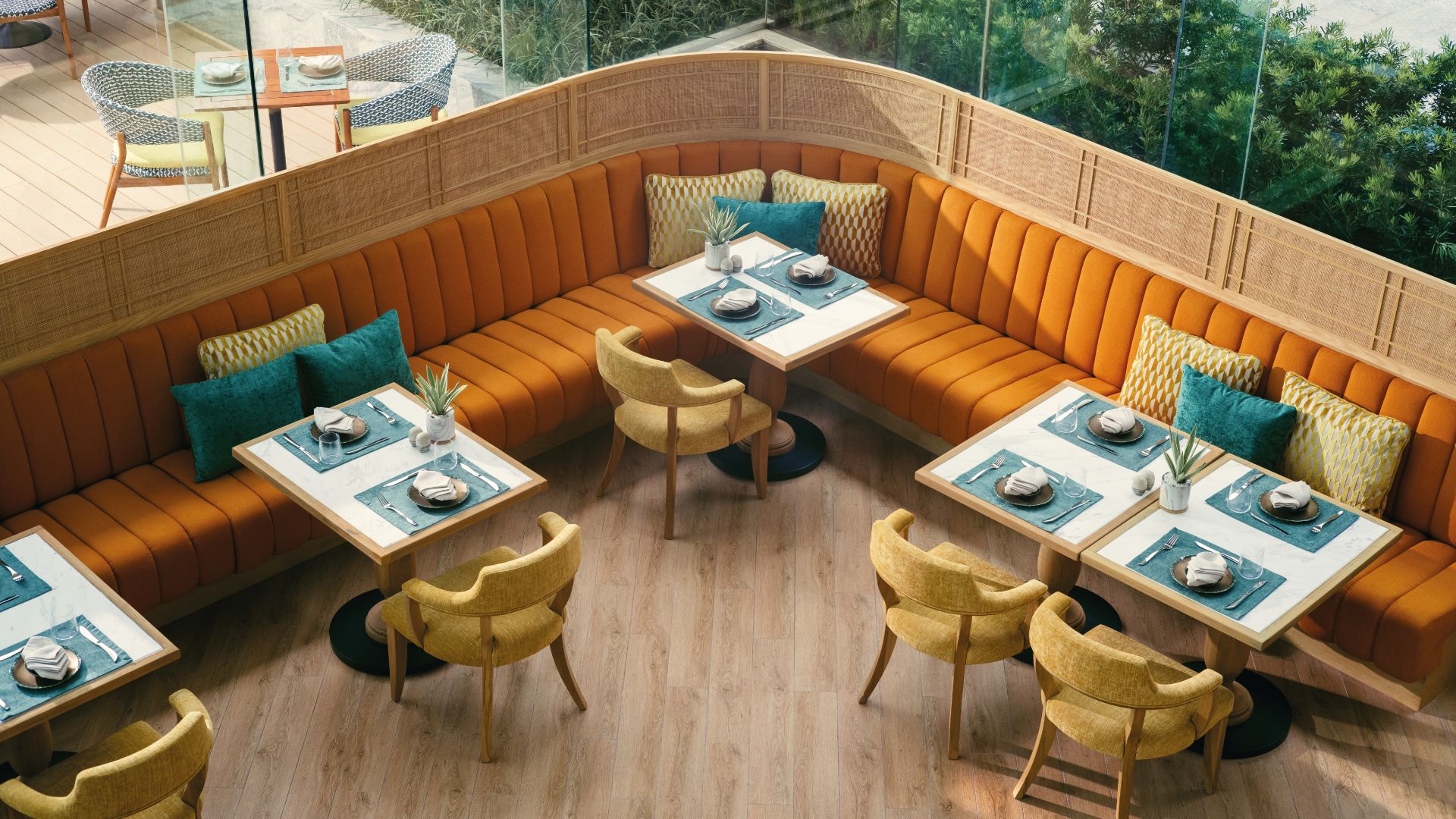


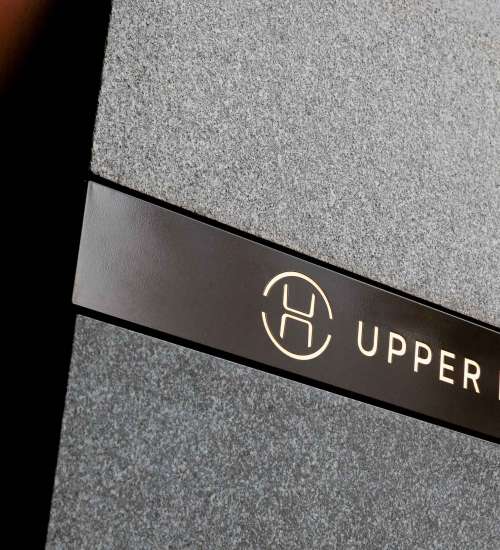

 Back
Back
